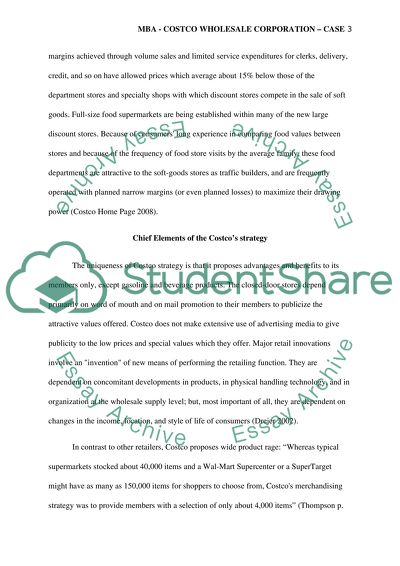Cite this document
(“Costco Wholesale Corporation Case Study Example | Topics and Well Written Essays - 2250 words”, n.d.)
Retrieved from https://studentshare.org/miscellaneous/1500464-costco-wholesale-corporation
Retrieved from https://studentshare.org/miscellaneous/1500464-costco-wholesale-corporation
(Costco Wholesale Corporation Case Study Example | Topics and Well Written Essays - 2250 Words)
https://studentshare.org/miscellaneous/1500464-costco-wholesale-corporation.
https://studentshare.org/miscellaneous/1500464-costco-wholesale-corporation.
“Costco Wholesale Corporation Case Study Example | Topics and Well Written Essays - 2250 Words”, n.d. https://studentshare.org/miscellaneous/1500464-costco-wholesale-corporation.


